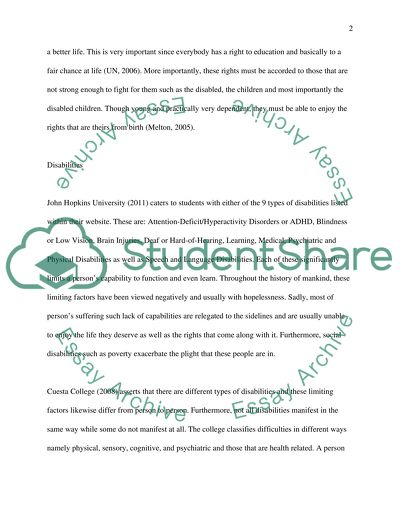Cite this document
(The Technology Effect on the Disabled People in Developed Countries Term Paper - 1, n.d.)
The Technology Effect on the Disabled People in Developed Countries Term Paper - 1. Retrieved from https://studentshare.org/social-science/1576658-the-technology-effect-on-the-disable-people-a-comparison-between-develped-countries-vs-developing-contries
The Technology Effect on the Disabled People in Developed Countries Term Paper - 1. Retrieved from https://studentshare.org/social-science/1576658-the-technology-effect-on-the-disable-people-a-comparison-between-develped-countries-vs-developing-contries
(The Technology Effect on the Disabled People in Developed Countries Term Paper - 1)
The Technology Effect on the Disabled People in Developed Countries Term Paper - 1. https://studentshare.org/social-science/1576658-the-technology-effect-on-the-disable-people-a-comparison-between-develped-countries-vs-developing-contries.
The Technology Effect on the Disabled People in Developed Countries Term Paper - 1. https://studentshare.org/social-science/1576658-the-technology-effect-on-the-disable-people-a-comparison-between-develped-countries-vs-developing-contries.
“The Technology Effect on the Disabled People in Developed Countries Term Paper - 1”. https://studentshare.org/social-science/1576658-the-technology-effect-on-the-disable-people-a-comparison-between-develped-countries-vs-developing-contries.


